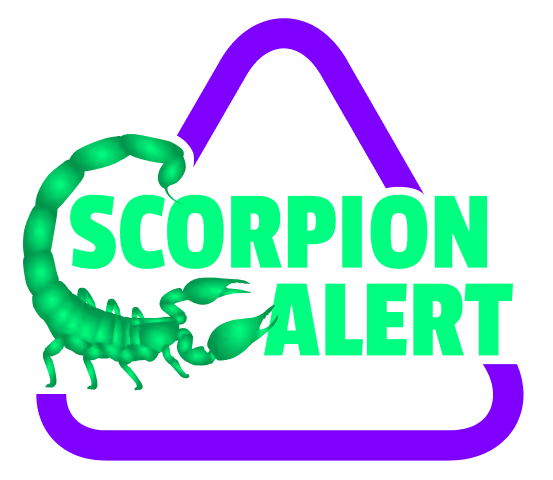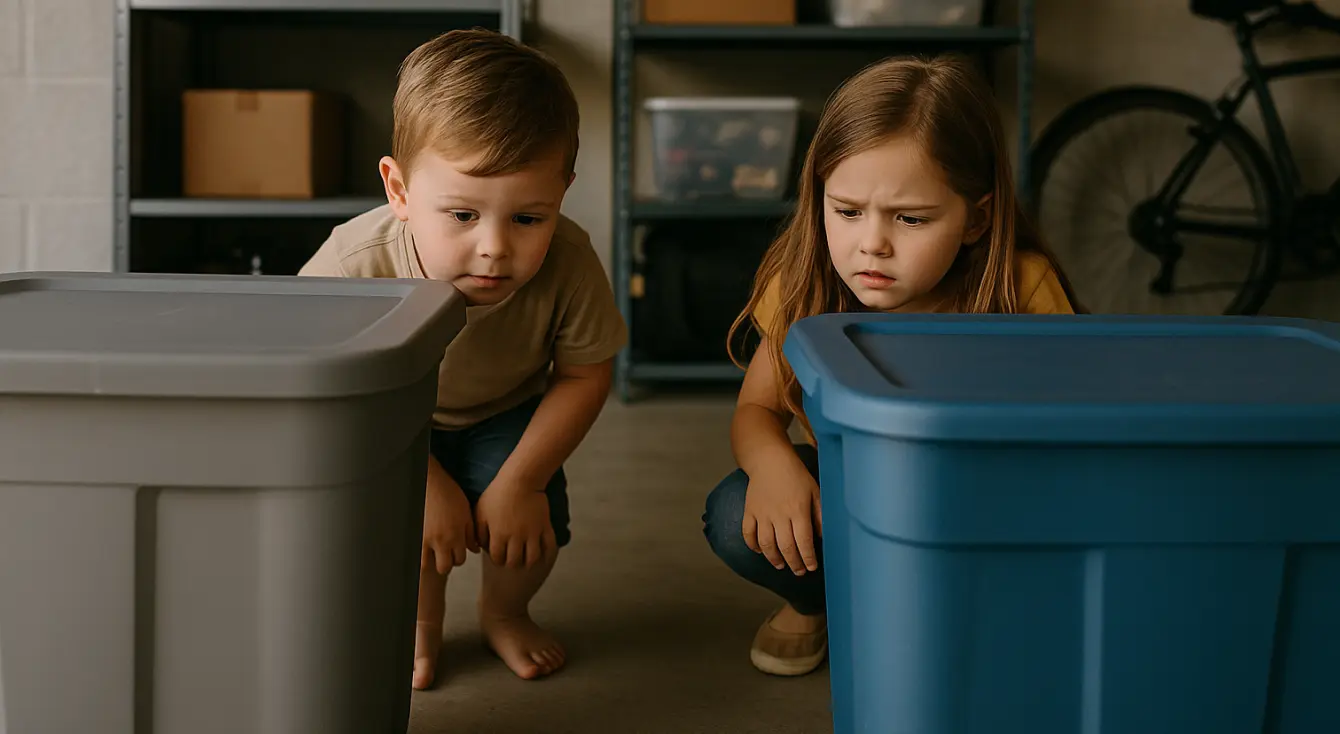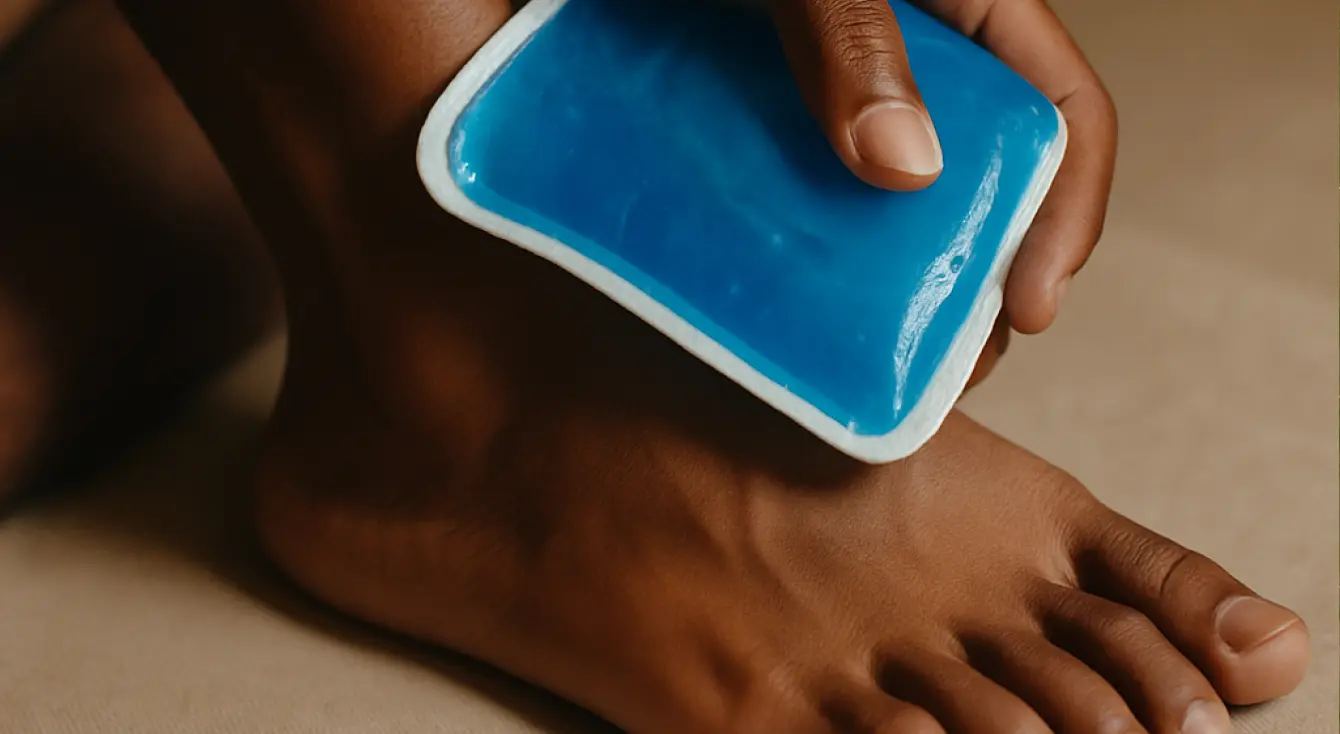In the deserts of Arizona, Texas, and other parts of the Southwest, scorpions are more than just a creepy surprise on the patio—they can be a serious health risk, especially for young children.
Yes, Children Are More Vulnerable
Scorpion venom affects the nervous system, and in smaller bodies, the impact can be more severe. While most healthy adults can tolerate a sting with mild to moderate symptoms, children under 10—especially infants and toddlers—are at a much higher risk of serious complications.
What Makes Stings Dangerous for Kids?
- Body Size: Less body mass means venom spreads more quickly
- Developing Nervous Systems: Kids are more sensitive to neurotoxins
- Communication Barriers: Younger children can’t always describe symptoms clearly
Severe reactions can include:
- Uncontrollable muscle twitching
- Slurred speech or drooling
- Rapid eye movements
- Difficulty breathing
The Arizona Bark Scorpion: A Real Threat
Of the 50+ scorpion species in the U.S., only one is considered truly dangerous: the Arizona bark scorpion. It’s small, light-colored, and often hides in homes. Its sting is rarely fatal with proper treatment, but it does pose the greatest threat to young children.
What to Do If a Child Is Stung
- Stay calm and call poison control: 1-800-222-1222
- Keep the child still to slow venom spread
- Go to the ER immediately if symptoms escalate
Prevention Starts at Home
- Install weather stripping and seal cracks
- Keep beds away from walls
- Shake out shoes, towels, and clothes
- Place Scorpion Detectors in bedrooms, nurseries, and play areas
Our Detectors offer peace of mind by spotting scorpions before your child does. They use UV light to detect that familiar glow and trigger alerts—even in total darkness.
When it comes to scorpions and children, the stakes are higher. Being informed and prepared is the best way to protect your family from an encounter that can turn serious fast.






